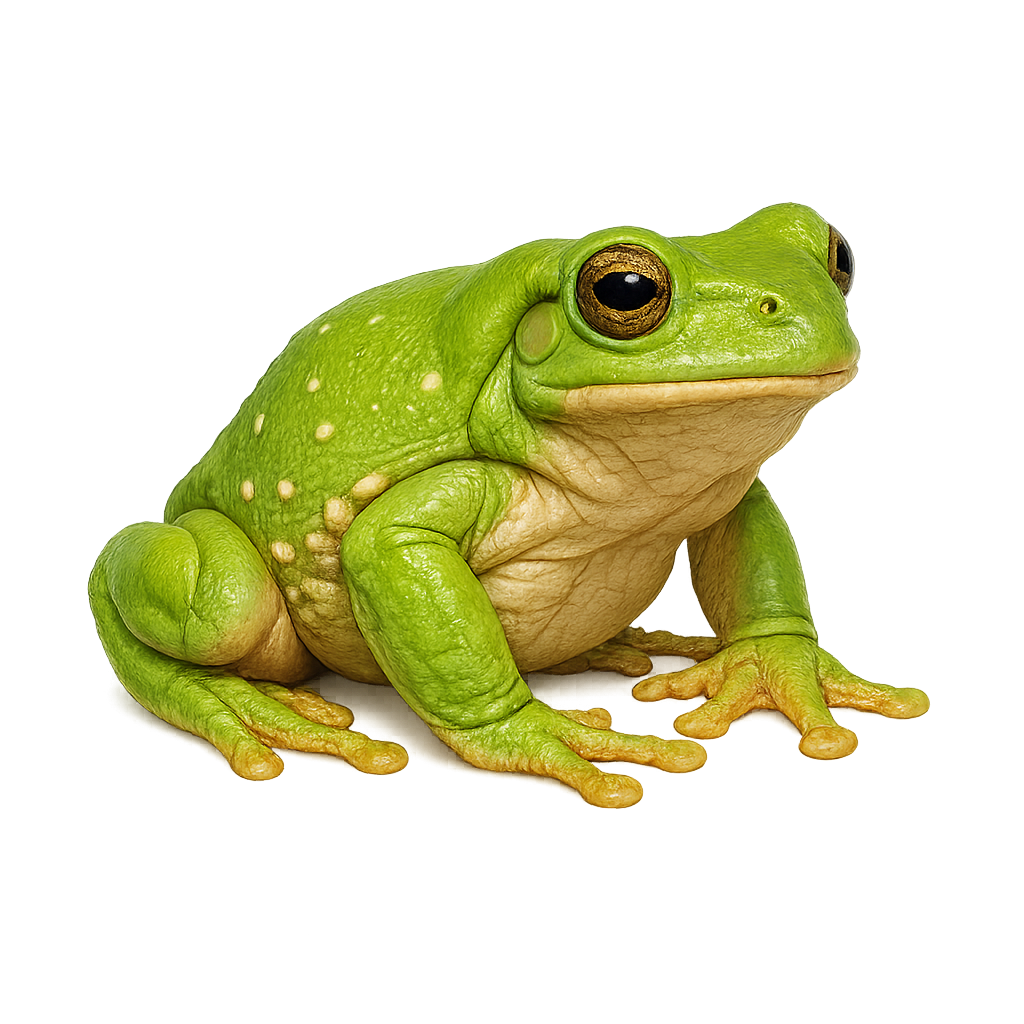Your wildlife photography guide.
Explore the mexican giant tree frog in detail, study its behavior, prepare your shots.
Where to observe and photograph the mexican giant tree frog in the wild
Learn where and when to spot the mexican giant tree frog in the wild, how to identify the species based on distinctive features, and what natural environments it inhabits. The WildlifePhotographer app offers tailored photography tips that reflect the mexican giant tree frog’s behavior, helping you capture better wildlife images. Explore the full species profile for key information including description, habitat, active periods, and approach techniques.
Mexican Giant Tree Frog
Scientific name: Agalychnis dacnicolor

IUCN Status: Least Concern
Family: HYLIDAE
Group: Amphibians
Sensitivity to human approach: Suspicious
Minimum approach distance: 2 m
Reproduction period: June to August
Incubation: 6–10 jours
Births: June to September
Habitat:
Tropical forests, wetlands, mangroves
Activity period :
Mainly active at night, generally discreet during the day.
Identification and description:
The Mexican Giant Tree Frog, or Agalychnis dacnicolor, is a tree-dwelling frog species native to the tropical forests of Mexico. It is easily recognizable by its bright green skin and distinctive red eyes, giving it a striking appearance. This frog is primarily nocturnal, resting on leaves during the day and becoming active at night to hunt insects. It uses its adhesive pads to climb trees and move agilely through its habitat. The Mexican Leaf Frog plays a crucial role in the ecosystem by regulating insect populations and serving as prey for various predators. Although its population is stable, it is threatened by deforestation and habitat loss.
Recommended lens:
Macro – adjust based on distance, desired framing (portrait or habitat), and approach conditions.
Photography tips:
To photograph the Mexican Giant Tree Frog, it is advisable to use a macro lens to capture the fascinating details of its skin and eyes. Look for it in tropical forests at night when it is most active. Use a flashlight with a red filter to avoid startling it. Be patient and wait for it to settle on a leaf for the perfect shot. Make sure not to disturb its natural habitat and respect safety distances.
The WildlifePhotographer App is coming soon!
Be the first to explore the best nature spots, track rutting seasons, log your observations, and observe more wildlife.
Already 1 430 wildlife lovers subscribed worldwide

